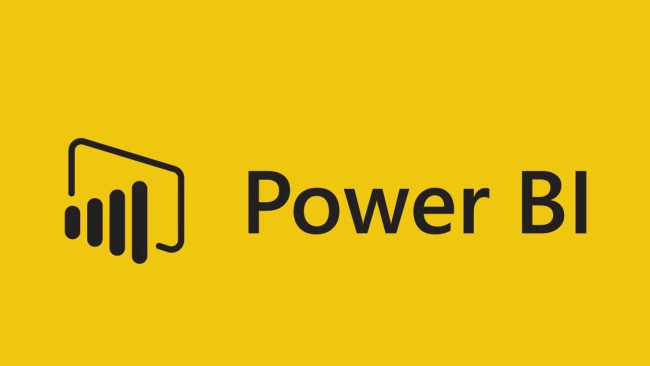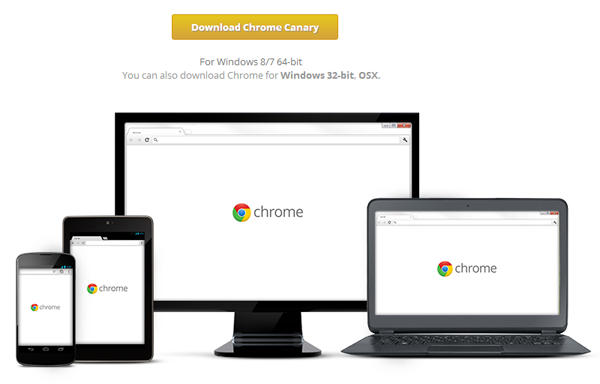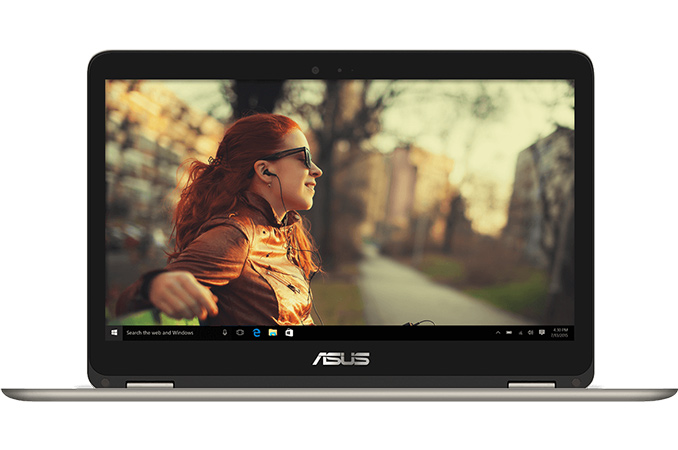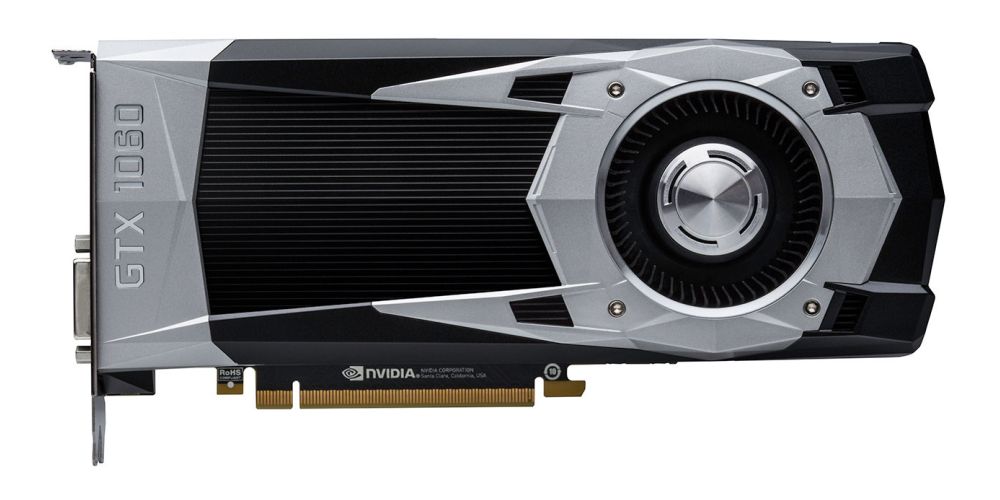This week ASUS has introduced its ZenBook Flip UX360CA convertible notebooks, the company’s first ZenBook with 360° hinge based on the Skylake-based Intel Core M processor. The system sports a 13.3” display in FHD or QHD, an ultra-thin design, and a 54 Wh battery: an impressive combo for a machine running an ultra-low-power CPU. What is important is that the price of the new ZenBook Flip will not break the bank.
ASUS was one of the first manufacturers to introduce convertible laptops with 360°-rotatable display hinge several years ago. The company’s VivoBook Flip notebooks are positioned as the entry-level convertibles, whereas the current ASUS ZenBook Flip high-end machines are positioned as performance workhorses aimed at professionals, equipped with Core i7 processors, high-resolution displays and lots of memory. By contrast, the new ZenBook Flip UX360CA sits somewhere between: it features a Core M CPU, moderate specs and relatively affordable pricing, something that consumers will be glad to see.

The ASUS ZenBook Flip UX360CA is based on the dual-core Intel Core M processors (the Core m3-6Y30, the Core m5-6Y54 or the Core m7-6Y75) with two Skylake cores, ninth-generation of Intel’s integrated graphics (HD 515, Gen9), and SpeedShift technology. The processors run in ‘cTDP Up’ mode, which pushes their power consumption to 7W for an increase in base and turbo frequencies (the MacBook does this). Due to the Core M line of processors, the ZenBook Flip UX360CA is a fanless design, hence, it should be quiet. The systems come equipped with 8 GB of LPDDDR3-1866 memory as well as 128 GB, 256 GB or 512 GB of storage using SATA M.2 SSDs. Depending on configuration, the ZenBook Flip UX360CA may be equipped with a QHD+ (3200×1800) or a FHD (1920×1080) touch-sensitive display panel with 72% NTSC and full sRGB color gamut.
As for input/output capabilities, the ZenBook Flip UX360CA offers everything one would expect from a modern laptop: a 3.5mm connector for headsets, two 1.6 W speakers, an array of microphones, two USB 3.0 Type-A ports, one USB 3.0 (5 Gbps) Type-C port (with quick-charging capability for smartphones), one SDXC card reader, a 720p webcam, one micro-HDMI output, dual-band 2×2 802.11ac Wi-Fi as well as Bluetooth 4.1.
| ASUS ZenBook Flip UX360CA at a Glance |
| |
General Specifications |
| CPU |
SKU |
Intel Core
m3-6Y30 |
Intel Core
m5-6Y54 |
Intel Core
m7-6Y75 |
| 7W cTDP Up |
| Base |
1.1 GHz |
1.2 GHz |
1.3 GHz |
| Turbo |
2.2 GHz |
2.7 GHz |
3.1 GHz |
| GPU |
SKU |
Intel HD Graphics 515 (GT2)
24 EUs, Gen 9 |
| Base |
300 MHz |
| Turbo |
850 MHz |
900 MHz |
950 MHz |
| DRAM |
4 GB (optional) or 8 GB LPDDR3-1866 |
SATA
M.2 SSD |
128 GB
256 GB
512 GB |
| Display |
13.3-inch 3200×1800
13.3-inch 1920×1080 |
| Ports |
1 × TRRS
2 × USB 3.0 Type-A
1 × USB 3.0 Type-C
1 × micro HDMI
1 × SD card reader
1 × AC adapter plug |
| Network |
2×2 802.11ac with BT 4.1 |
| Battery |
3-cell, 54 Whr |
| Dimensions |
H: 13.9 mm/0.55 inches
W: 323 mm/12.71 inches
D: 220mm/8.66 inches |
| Weight |
1.3 kilograms/2.866 lbs |
| Colors |
Icicle Gold
Mineral Grey |
| Price |
UX360CA-DBM1T: Intel Core m3-6Y30, 8 GB RAM, 256 GB SSD, FHD $ 699
UX360CA-DBM2T: Intel Core m3-6Y30, 8 GB RAM, 512 GB SSD, FHD $ 799 |
Like other ZenBook notebooks, the ZenBook Flip UX360CA is thin (13.9 mm/0.55 inches), light (1.3 kilograms/2.866 lbs) and made of aluminum with concentric circle design on the display lid. The system is also equipped with a 3-cell 54 Whr battery rated to enable up to 12 hours of battery life.

One of the most important aspects of the ZenBook Flip UX360CA with FHD touchscreen is its price: $ 699 for the model (UX360CA-DBM1T) with 256 GB SSD and $ 799 for the model (UX360CA-DBM2T) with 512 GB SSD. These models are available with Mineral Grey finish. The more expensive models with QHD+ displays feature Icicle Gold or Mineral Grey styles and will be more expensive when they become available.















